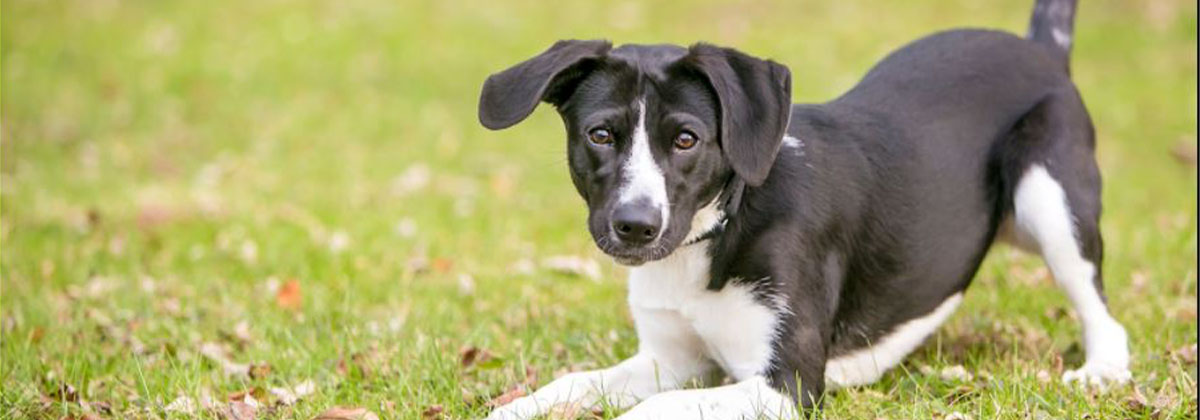04 Oct How to Understand a Dog’s Body Language? (Part 2)
In the first part, we said that a dog’s body language conveys emotions, desires and communication. Dogs communicate with the world around them through the production of sound and body movements, each of which has a different meaning. We have already talked about the actions of the dog’s mouth, eyes, body hair, and the symptoms of each. This section describes their body posture and ears and their meaning in dog body language.
What do different types of dog body language mean?
Ears
Dogs’ ears have different shapes depending on their breed, but in any case, a series of movements are common to all models, which we will mention below. Note that a calm and happy dog usually puts his ears in a standard, comfortable position. Any change in posture indicates a sign that needs to be heeded.
- If a dog raises his ears above his head in the direction that catches his attention, it could mean warning or starting an aggressive movement. Sometimes, if the dog keeps his ears straight and up or slightly inclined, he looks curious and probably notices something new around and wants to figure it out.
- Another sign of fear in dogs can be seen in their ears, which hold them hanging on either side of their head. Sometimes a dog may only lower one of his ears (often the left ear). It’s a dog’s reaction to the presence of a stranger or someone he is afraid of. If there’s no danger, it’s necessary to calm your dog by petting him.
Body postures
Different movements of a dog’s body can have various meanings, some of which are discussed below.
- If a dog bends to the ground, he’s scared and pulled back. By leaning towards the ground, the dog tries to show himself smaller so that the other side realizes that he’s completely safe. In the event of a more severe sense of danger, dogs lie on their backs and place their abdomen, which is the most vulnerable part of their body, at the other side. Dogs sleep in the same way when they are happy and like to caress their bellies, but they do the same in times of fear as a sign of submission.
- While leaning forward with most of his weight, a dog’s body language means he’s trying to get closer to something. The dog tries to show himself bigger in front of others by leaning forward. This body language has different meanings, such as happiness or aggression, which you must understand with other body postures.
- If a dog bends his chest towards the ground and raises his back, it means that he wants to play.
- Muscle contraction of the dog’s head and shoulders demonstrate that he is scared or wants to show aggressive behaviour.
- When the dog puts his head on your knee or rubs his nose on your hand, he seeks to attract his owner’s attention. Perhaps he’s feeling a little lonely. So it is better to change his mood by petting or playing.
- On the other hand, if the dog puts his claw to grab your knee, he has mastered and strengthened. Pets’ trainers recommend that, in this case, look into the dog’s eyes and lift his claw.
- When the dog raises one of his claws and waits, he’s probably hungry or wants to play. This mode occurs more when there’s no interesting thing to draw attention to in the hunting dogs.
- If you see your dog in the hunting dog shaking her body, like when you bathed him, he probably has stress and discomfort in dealing with a human or another dog, and he’s trying to avoid tension away from him.
- Dogs sit back when they have a lot of trust in their owners.




No Comments